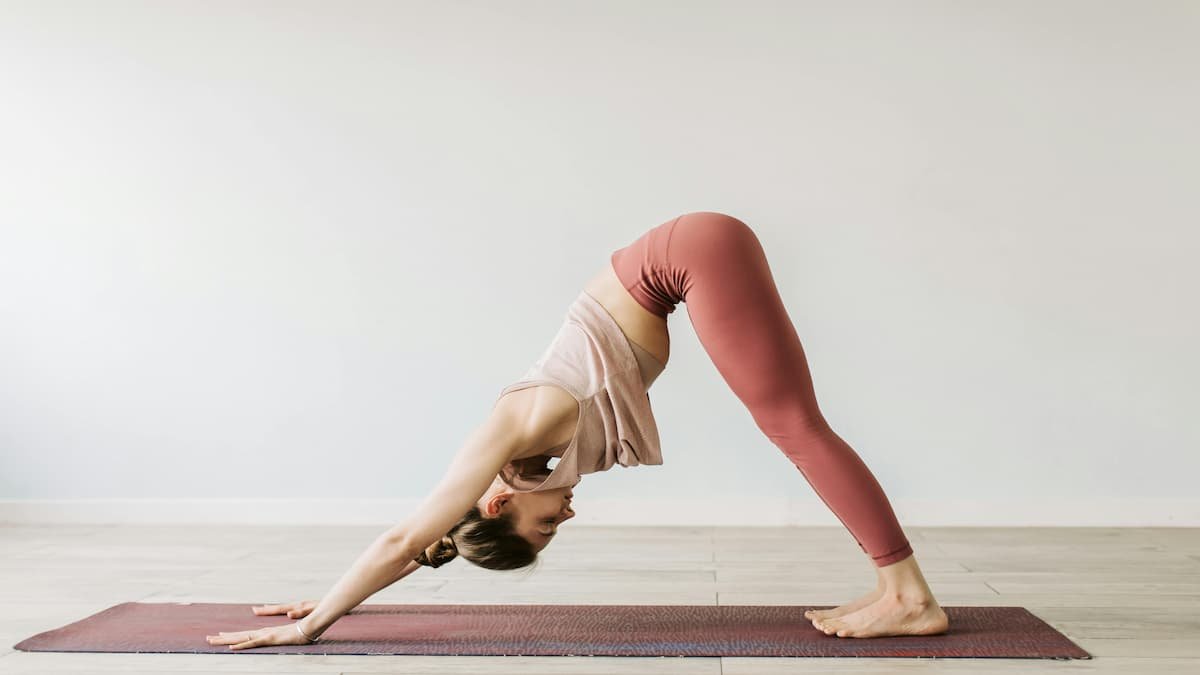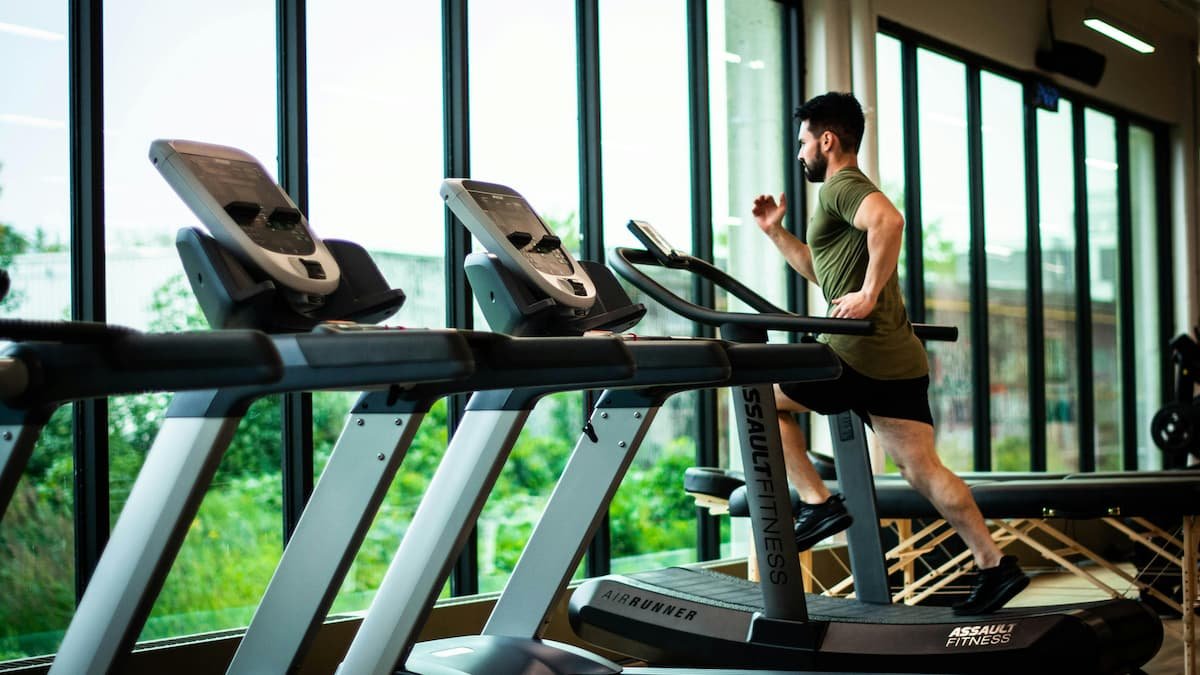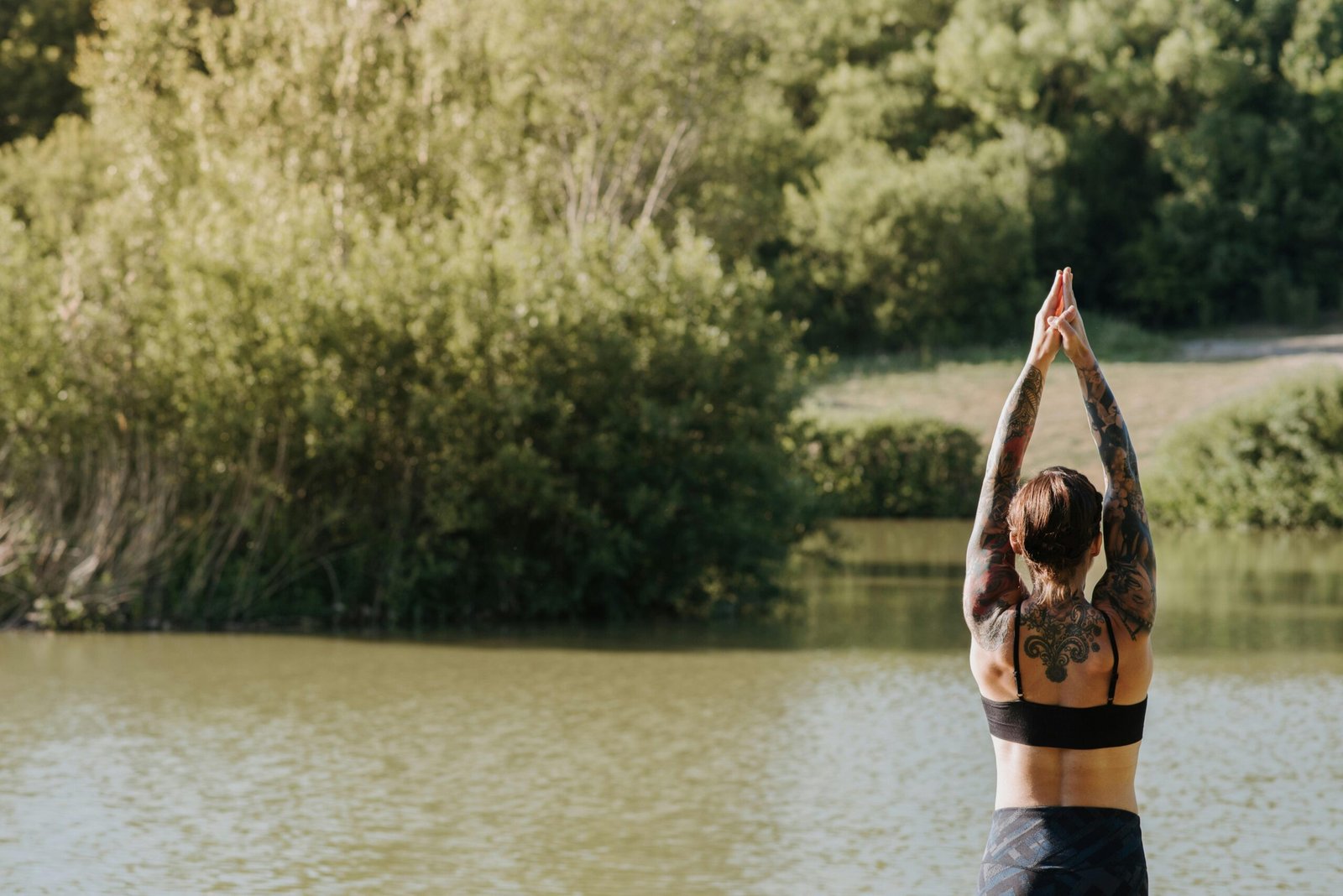Adho Mukha Svanasana, commonly known as the Downward Dog Pose, is one of the inversion poses. This inversion pose is often used as a transitional posture, forming an integral part of many yoga sequences.
But why is this pose so popular? The answer lies in its numerous benefits. From stretching exercises that improve flexibility to strengthening muscles, Adho Mukha Svanasana is a complete workout in itself.
Besides, it’s not just about physical fitness. This pose also offers mental health benefits. It encourages blood flow to the brain, boosting mental clarity and energy.
Whether you’re a beginner or an expert, this guide will help you master the Adho Mukha Svanasana steps. We’ll describe the details of the pose, its benefits, and how to perform it correctly.
So, are you ready to perfect your Downward Dog steps? Let’s embark on this journey towards improved health and wellness together.
Understanding Adho Mukha Svanasana
Adho Mukha Svanasana translates to “Downward Facing Dog” in English. This pose gets its name from the shape it forms, resembling an inverted “V”. It’s rooted in the idea of aligning the body to mimic the natural stretching of a dog.
In yoga, Adho Mukha Svanasana is classified as an inversion pose. Inversions are poses where the head is below the heart. They have unique benefits, such as increased circulation and relaxation.
The pose serves as a staple in many yoga routines. It’s often used as a resting posture. This pose allows practitioners to recalibrate their focus, balancing breath and movement.
In addition to its restorative properties, Downward Dog is a powerful tool for strengthening. It builds core stability and enhances upper body strength. Engaging with this pose regularly can lead to significant progress in overall yoga practice.
The Benefits of Practicing Downward Dog
Adho Mukha Svanasana offers a plethora of benefits for both body and mind. This pose is a cornerstone in many yoga sequences due to its versatility and effectiveness.
Downward Dog is excellent for stretching the entire back side of the body. It lengthens the spine, stretches hamstrings and calves, and opens the shoulders.
Strengthening aspects are equally significant. This pose builds upper body strength, engaging arms, shoulders, and the back.
Regular practice improves flexibility and circulation. Enhanced blood flow can boost mental clarity and uplift mood.
Downward Dog is therapeutic for certain health conditions. It can aid those with high blood pressure, asthma, and sinusitis when performed correctly.
Here’s a list of key benefits:
- Stretches and strengthens muscles
- Improves flexibility
- Increases blood circulation
- Encourages mental clarity
- Provides therapeutic benefits
By incorporating this pose regularly, practitioners can experience enhanced physical and mental health.
Preparatory Poses for Adho Mukha Svanasana
Before jumping into Adho Mukha Svanasana steps, it’s vital to prepare your body. Warm-up poses can help increase flexibility and prevent injury.
Child’s Pose is a gentle start. It helps lengthen the spine and relaxes the mind, creating an excellent foundation.
Next, consider Cat-Cow stretches. This dynamic movement loosens the spine and activates core muscles, key for Downward Dog.
Finally, try Plank Pose to engage and strengthen your arms and shoulders. It also builds core stability, key components in maintaining proper alignment in Adho Mukha Svanasana.
Incorporating these preparatory poses into your routine ensures a safer and more effective practice. Your body will be primed and ready to reap the full benefits of Adho Mukha Svanasana.
Adho Mukha Svanasana Steps
Achieving the perfect Adho Mukha Svanasana, also known as Downward Dog, requires attention to detail. Each step ensures maximum benefit and safety.
Starting Position
Begin on your hands and knees. Align your wrists under your shoulders and knees under your hips. Spread your fingers wide for stability.
Your back should remain flat. Engage your core muscles to support your spine. This foundation sets the stage for a successful transition.
The Lift
Tuck your toes under gently. As you exhale, lift your knees off the floor. Your hips should rise towards the ceiling, creating an inverted ‘V’ shape.
Ensure that your feet are hip-width apart. Maintain a slight bend in your knees at first. This helps with alignment and balance.
The Alignment
Focus on proper alignment to maximize the pose’s benefits. Your hands should press firmly into the mat, distributing weight evenly.
Keep your head aligned with your arms. Avoid hanging or lifting it excessively. This prevents strain on the neck.
Engage your shoulder blades, drawing them down your back. This action supports the upper body and opens the chest.
Lastly, aim to straighten your legs gently. Press your heels towards the floor. However, maintaining a micro-bend in the knees can help if flexibility is a challenge. These adjustments can make your Adho Mukha Svanasana both comfortable and effective.
Modifications and Variations
Adho Mukha Svanasana can be adjusted to suit different levels and physical needs. For beginners, bending the knees can ease strain on the hamstrings.
Those with wrist discomfort can use props. Place a folded mat or yoga pad under the wrists. This modification can reduce pressure effectively.
To deepen the pose, try lifting one leg at a time. This variation is often referred to as Three-Legged Dog. It increases strength in the supporting leg and enhances balance.
For a more restorative version, use a wall for support. Rest your heels against it, allowing you to focus on stretch and alignment without losing stability.
Common Mistakes and How to Avoid Them
Many practitioners incorrectly distribute their weight, putting too much pressure on the wrists. Ensure your weight is evenly spread between hands and feet for balance.
Another frequent mistake is allowing the spine to curve. Maintain a straight back by engaging your core muscles. This will also enhance your stability.
The position of the head is crucial, too. Avoid letting it hang or lifting it too high. Keep your head aligned with your arms for optimal posture.
Finally, remember the importance of breathing. Holding your breath can create tension. Focus on steady, even breaths to support relaxation and endurance.
After the Pose: Counterposes and Relaxation
After practicing Adho Mukha Svanasana steps, transitioning into Child’s Pose can provide great relief. It helps to stretch and relax the spine gently.
Additionally, try a gentle Forward Bend to release tension in the legs. These poses help the body ease any residual strain from the inversion.
Integrating Adho Mukha Svanasana into Your Practice
Incorporate Adho Mukha Svanasana into your routine by using it as a connecting pose. It fits well between standing and floor poses.
Try holding the pose for several breaths in a sequence. This allows for increased endurance and deeper stretching benefits over time.
FAQs About Adho Mukha Svanasana
Here is the brief answer to the frequently asked questions.
1. What is Adho Mukha Svanasana?
Adho Mukha Svanasana, also known as Downward Dog, is a staple yoga pose. It mimics an inverted ‘V’ shape.
2. Who should avoid this pose?
Individuals with high blood pressure or wrist injuries should consult a doctor. Late-term pregnant women might need modifications.
3. Can beginners try this pose?
Yes, beginners can start with simplified versions. It’s crucial to focus on proper form to avoid strain.
4. How often should I practice Downward Dog?
Regular practice, several times a week, is ideal. Consistency helps improve flexibility and strength.
5. What are the main benefits?
This inversion pose enhances flexibility and strength. It is a great stretching exercise for full-body benefits.
Conclusion: Embracing the Journey
Practicing Adho Mukha Svanasana is more than just a physical exercise. It’s a way to connect mind and body. Each time you assume this pose, you nurture both strength and flexibility.
Remember, every practice is personal and evolves over time. Embrace each session as a step in your journey. Enjoy the progress and the relaxation it brings. Stay patient and consistent in your yoga practice.


